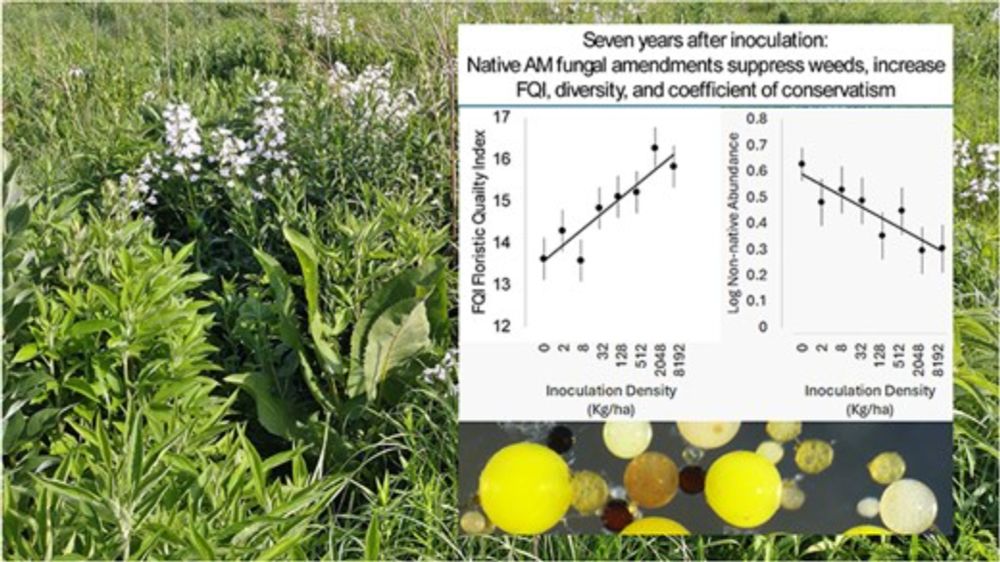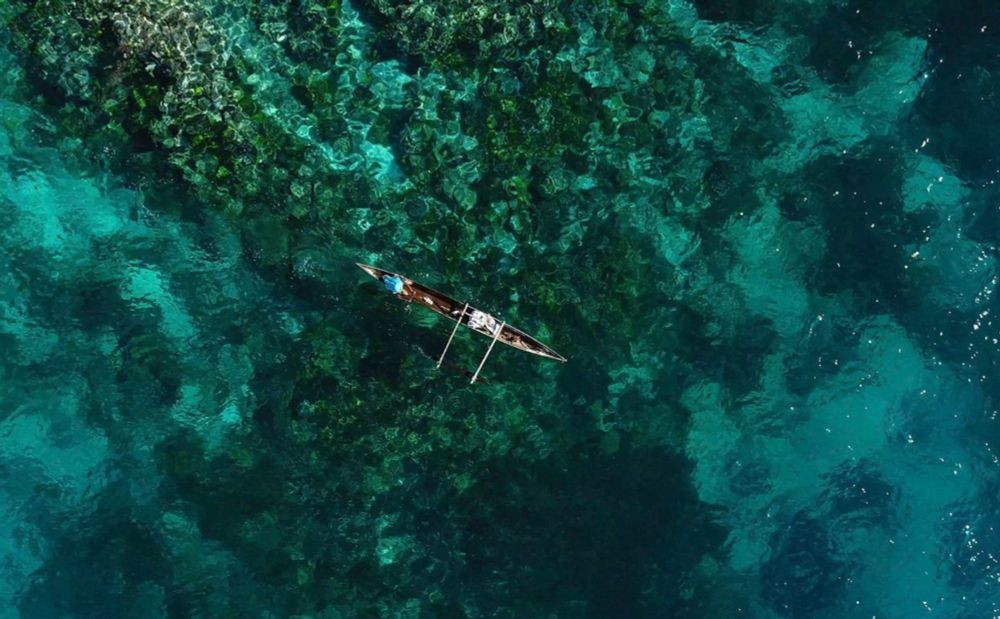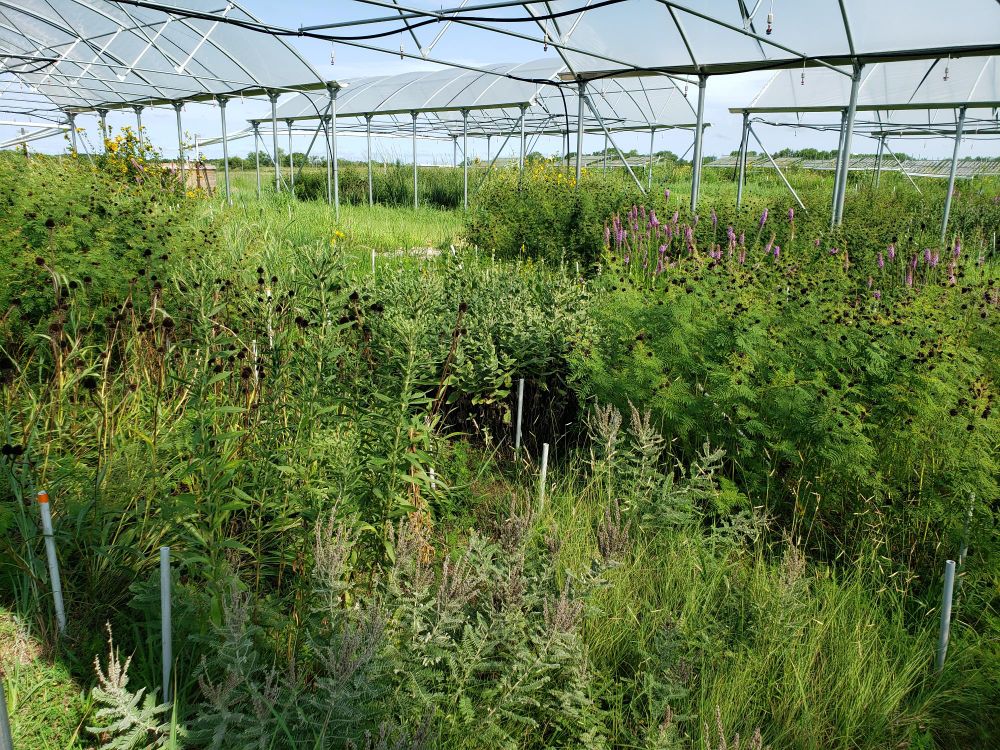Liz Koziol
@lizkoziol.bsky.social
6.4K followers
610 following
98 posts
🦠 Mycorrhizal ecologist @ University of Kansas
🍄 Curator @invam.bsky.social
🌎 @mycobloom.bsky.social
https://elizabethkoziol.wixsite.com/lizkoziol
Prairies, AMF, microbial inoculants, restoration, conservation, sustainable ag, metabolites, NbS
Posts
Media
Videos
Starter Packs
Pinned
Reposted by Liz Koziol
Liz Koziol
@lizkoziol.bsky.social
· Aug 18
Liz Koziol
@lizkoziol.bsky.social
· Aug 18
Liz Koziol
@lizkoziol.bsky.social
· Aug 18
Liz Koziol
@lizkoziol.bsky.social
· Aug 18

Seven years later: native AMF inoculation improves grassland successional stage, floristic quality index, and diversity, while suppressing weeds
Native mycorrhizal fungi enhance prairie restoration by boosting native plant diversity, supporting late-successional species, and reducing invasive plants
academic.oup.com
Reposted by Liz Koziol
Reposted by Liz Koziol






















